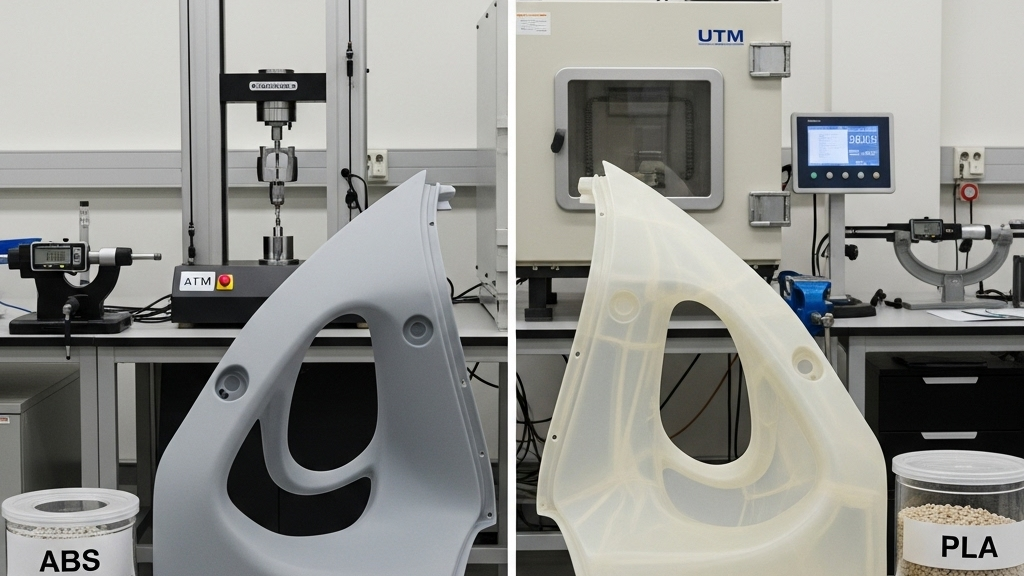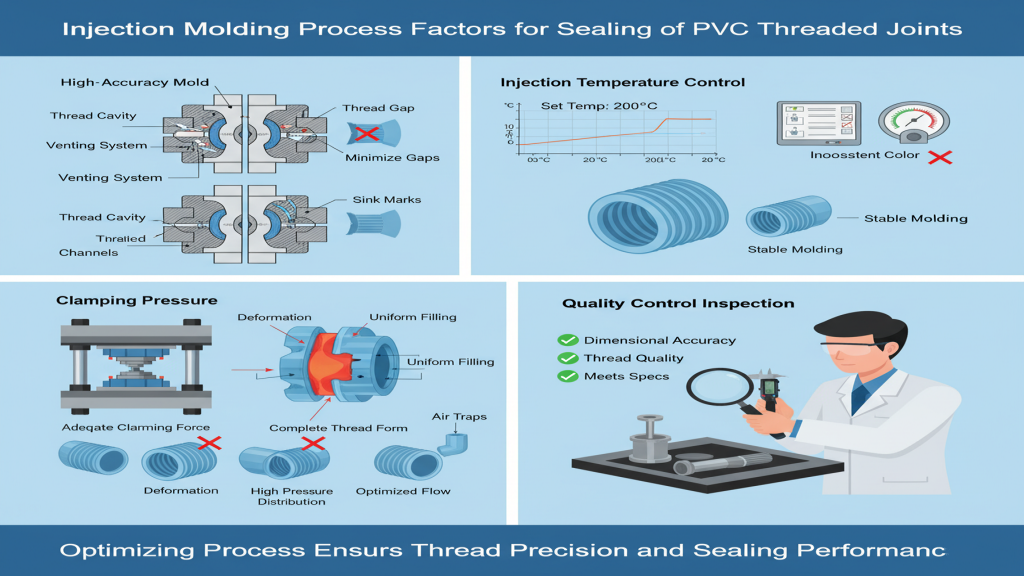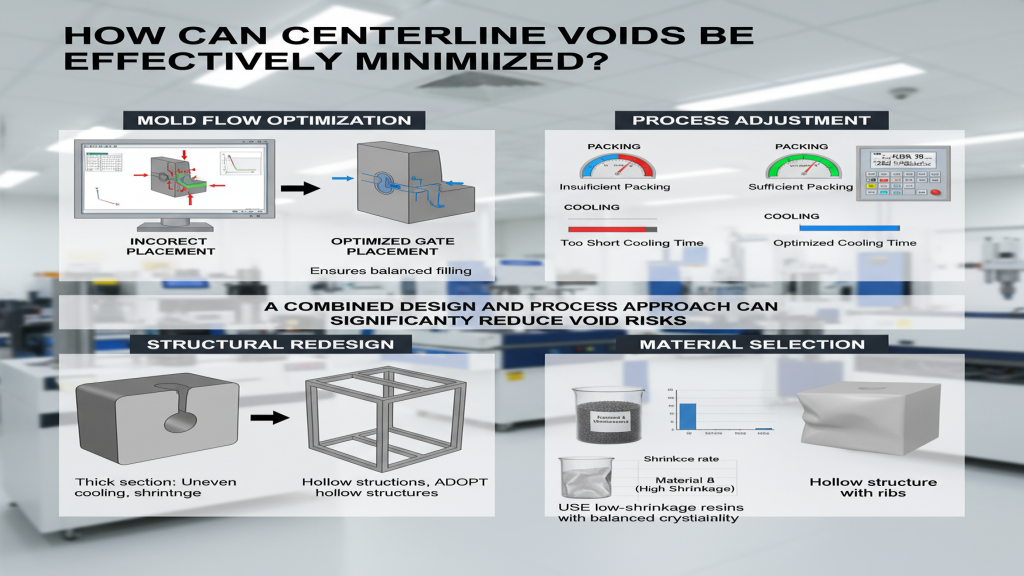
In injection molding, uniform wall thickness is crucial for stable molding and final product quality. Ignoring wall consistency can lead to defects in appearance, electrical performance, or structural integrity.Uneven wall thickness often results in inconsistent cooling, leading to warpage or distortion.
Additionally, non-uniform thickness may cause flow dead zones and air traps, complicating post-processing and assembly. In mass production, these risks magnify rework and cost fluctuations.Controlling wall thickness uniformity has become a basic guarantee for high-quality molded parts.
How does non-uniform wall thickness affect product performance?

Due to flow resistance, uneven wall thickness leads to stress concentration zones and weaker mechanical strength. Thicker areas cool slower and may show shrinkage marks.Variations in thickness directly impact dimensional stability and functional accuracy.
- Stress Concentration: A common source of cracks and early failure.
- Uneven Shrinkage: Surface issues like waves, dents, or sink marks.
- Cooling Imbalance: Slower cooling in thick zones extends cycle time.
- Weakened Mechanical Properties: Structural load-bearing ability decreases.
Does non-uniform wall thickness affect the molding window?

The molding window defines acceptable temperature, pressure, and time ranges. Non-uniform thickness narrows this window, making processes more sensitive. Mold temperature control also becomes harder, requiring extra design.Wall thickness inconsistency narrows the optimal processing window and increases trial-and-error cycles.
- Complex Cooling Design: Custom cooling increases lead time.
- Filling Pressure Variations: Resistance changes disrupt mold filling.
- Rising Control Costs: Narrow process windows require precision equipment.
- Reduced Stability: Reproducibility becomes a challenge.
What are the long-term risks of non-uniform wall thickness?

Over time, non-uniform walls create thermal stress, fatigue cracks, and accelerated aging—especially in load-bearing areas. Design imbalance also amplifies environmental impact.Unchecked wall variation gradually weakens real-world product reliability.
- Accelerated Aging: Local stress speeds up material degradation.
- Fatigue Cracking: Microcracks grow due to stress cycles.
- Thermal Shock Failure: Thick areas retain heat, creating internal stress.
- Structural Imbalance: Module fitment issues may arise.
Comparison of Non-Uniform Wall Effects
| Wall Condition | Defect Type | Risk Level | Suggested Action |
|---|---|---|---|
| Local Overthick | Sink marks, voids | High | Optimize gradual transitions |
| Local Underthin | Incomplete fill, cracks | High | Add injection gates |
| Alternating Zones | Warpage, stress distortion | Medium | Flow simulation and rerouting |
| Uniform Thickness | Stable, low defects | Low | Maintain consistency |
Strategies for Managing Wall Thickness
Proper wall thickness control reduces molding risks and improves consistency and market competitiveness. CAE and flow simulation help prevent early-stage design flaws. Wall uniformity should be part of every DFM review and design protocol.
1.Standardized Design: Use established wall thickness guidelines.
2.Simulation Support: Run CAE tools to optimize wall geometry.
3.Uniform Structure: Ribs and radii assist thickness transitions.
4.Process Monitoring: Track molding parameters to ensure stability.
Conclusion
Wall thickness uniformity is central to injection molding design and product quality. It affects process efficiency, mechanical performance, and long-term durability.
Overlooking wall control invites failure, complaints, and increased costs.Smart design and standardization help eliminate wall thickness risks at the source.
For expert assistance in implementing for your production needs, visit our resource center or contact us. Let’s help you scale up your manufacturing with precision and efficiency!







